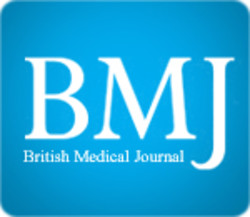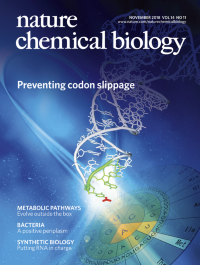 “The study aims to investigate: (1) the prevalence of cannabis among epileptic patients seen at Mansoura University Hospital, (2) serum levels and gene expression of cytokines in epilepsy patients and the controls. and (3) the possibility that cannabis use affects the cytokine levels in epilepsy patients, triggering its future use in treatment.
“The study aims to investigate: (1) the prevalence of cannabis among epileptic patients seen at Mansoura University Hospital, (2) serum levels and gene expression of cytokines in epilepsy patients and the controls. and (3) the possibility that cannabis use affects the cytokine levels in epilepsy patients, triggering its future use in treatment.
We recruited 440 epilepsy patients and 200 controls matched for age, gender, and ethnicity. Of the epileptic patients, 37.5% demonstrated lifetime cannabis use with a mean duration of 15 ± 73 years. Serum levels of interleukin IL-1α, IL-1β, IL-2, IL-4, IL-6, IL-8, IL-10, and tumor necrosis factor-α (TNF-α), were analyzed and gene expression analysis was conducted only for those cytokines that were different between groups in the serum analysis.
The “Epilepsy-only” patients had significantly higher serum and mRNA levels of IL-1α, β, IL-2,6,8, and TNF-α compared to the controls and the “Cannabis+Epilepsy” group (p = 0.0001). IL-10 showed significantly lower levels in the “Epilepsy-only” patients compared to the controls and “Cannabis+Epilepsy” (p = 0.0001). Cannabis use is prevalent among epilepsy patients.
Epilepsy is characterized by a pro-inflammatory state supported by high serum and gene expression levels.
Cannabis users demonstrated significantly lower levels of inflammatory cytokines compared to epilepsy non-cannabis users which might contribute to its use in the treatment of resistant epilepsy.”

 “This paper aimed to systematically examine the efficacy and adverse event (AE) profile of
“This paper aimed to systematically examine the efficacy and adverse event (AE) profile of  “In final appraisal documents the UK National Institute for Health and Care Excellence has recommended the use of cannabidiol with clobazam for treating seizures associated with two rare and severe forms of epilepsy: Lennox-Gastaut syndrome and Dravet syndrome.
“In final appraisal documents the UK National Institute for Health and Care Excellence has recommended the use of cannabidiol with clobazam for treating seizures associated with two rare and severe forms of epilepsy: Lennox-Gastaut syndrome and Dravet syndrome. “EpidiolexTM , a form of highly purified cannabidiol (CBD) derived from
“EpidiolexTM , a form of highly purified cannabidiol (CBD) derived from 

 “The CB1 receptor mediates the central nervous system response to cannabinoids, and is a drug target for pain, anxiety and seizures.
“The CB1 receptor mediates the central nervous system response to cannabinoids, and is a drug target for pain, anxiety and seizures.

 “Cannabis sativa (cannabis) is one of the oldest plants cultivated by men. Cannabidiol (CBD) is the major non-psychomimetic compound derived from cannabis. It has been proposed to have a therapeutic potential over a wide range of neuropsychiatric disorders.
“Cannabis sativa (cannabis) is one of the oldest plants cultivated by men. Cannabidiol (CBD) is the major non-psychomimetic compound derived from cannabis. It has been proposed to have a therapeutic potential over a wide range of neuropsychiatric disorders. “The European Medicines Agency (EMA) has approved the first cannabis based medicine to treat two rare and severe forms of childhood onset epilepsy, although hurdles remain before the drug becomes available on the NHS.”
“The European Medicines Agency (EMA) has approved the first cannabis based medicine to treat two rare and severe forms of childhood onset epilepsy, although hurdles remain before the drug becomes available on the NHS.”